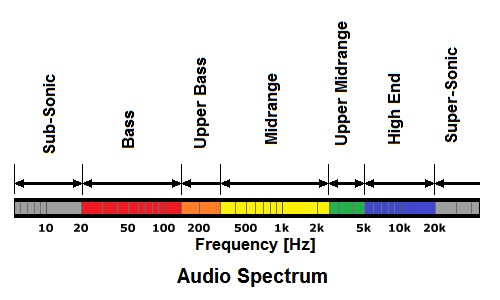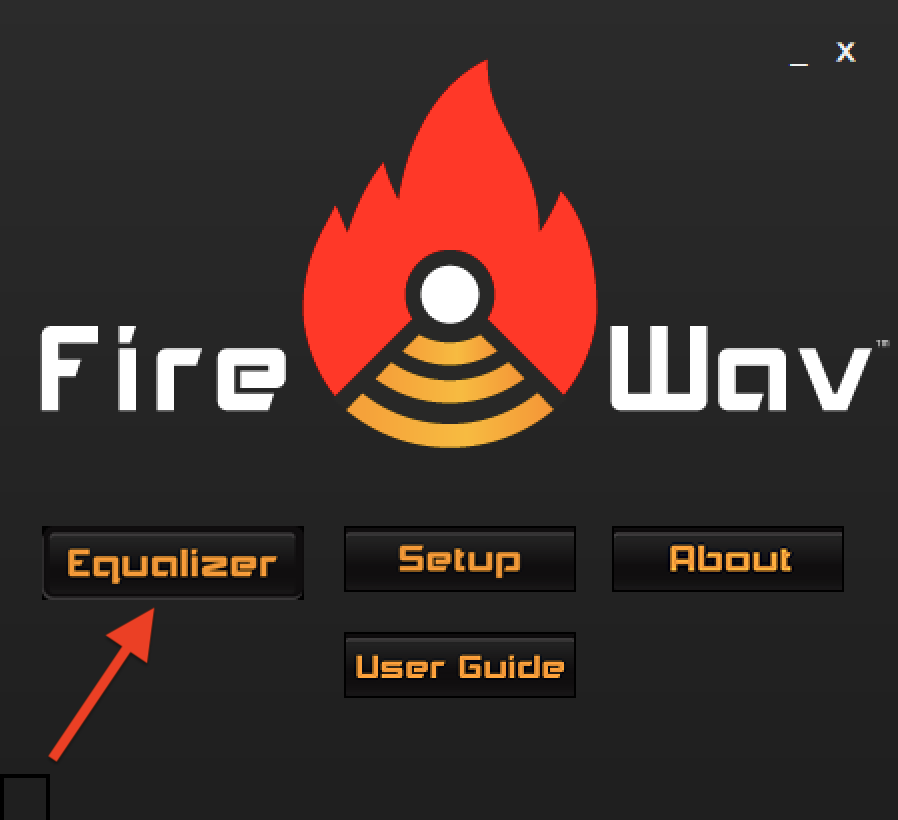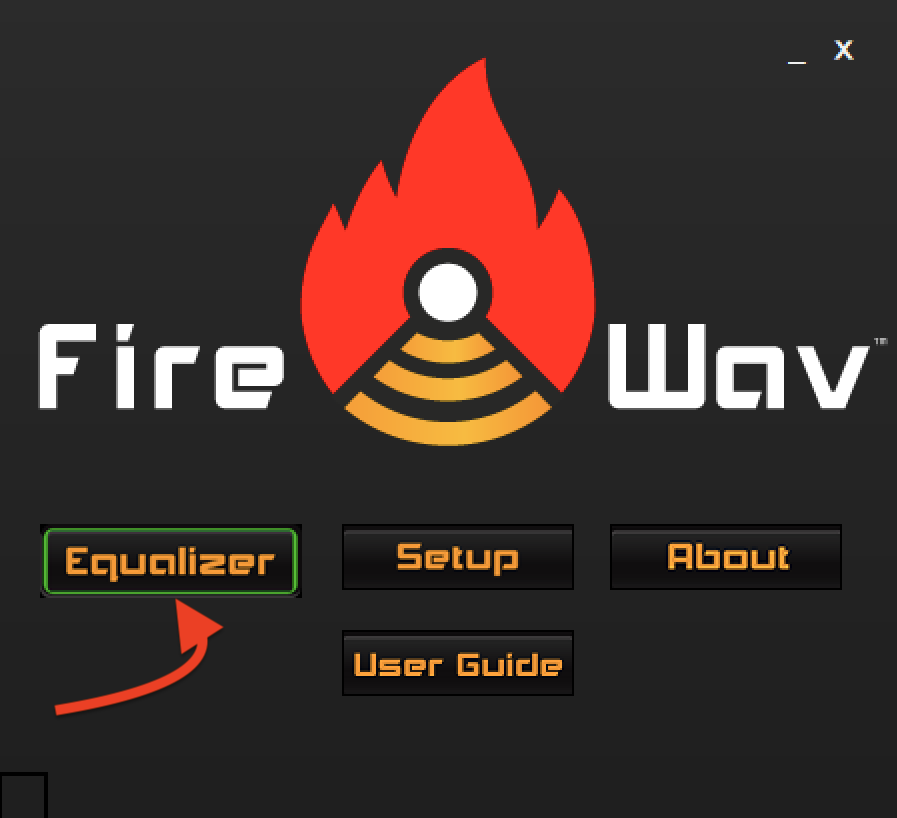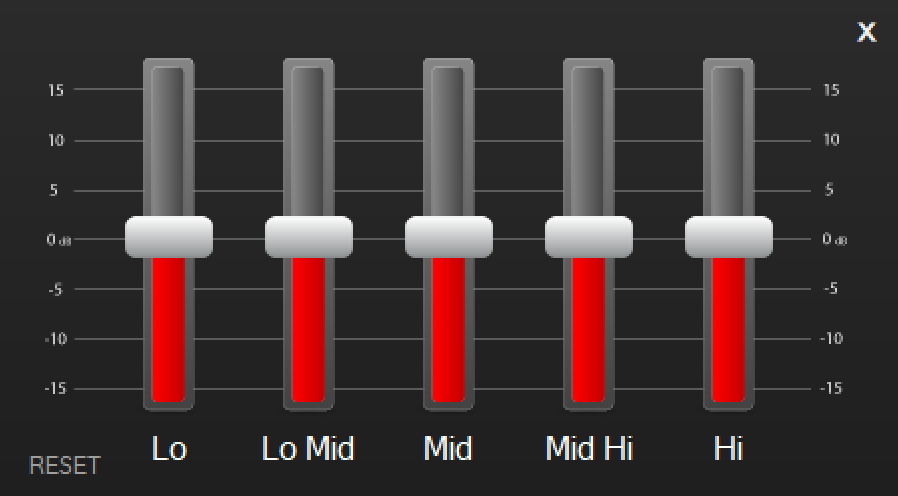Equalizer
What is an Equalizer (EQ)?
An equalizer is a processor that allows a listener to boost or decrease certain frequency ranges to modify or enhance sound quality through different output devices. It typically works in a frequency range between 20 Hz up to 20,000 Hz, which are the frequencies most humans can hear – although the actual range can vary based on the equipment being used, and be decreased by age, damage from exposure to loud sounds, and other factors.
An equalizer will alter the color of an audio signal. It could make vocals more articulate by boosting the treble frequency range. It could make a song sound “heavier” by boosting bass frequencies. Sometimes, it can be used to remove certain sounds from a recording, like the high-pitched buzz of a fluorescent lighting fixture.
An EQ is designed to help flatten out variations in speakers, to bring back the sound as it was originally intended and recorded. No speaker is inherently flat in frequency production, nor is every person’s ear able to hear the same variation in production. If that were the case, then one EQ setting would fix all speakers for all ears.
The FireWav audio app used by the best video gamers and music producers around the world, delivering real-time audio processing in any PC game to attain hyper audio clarity never heard before in the industry; with enhanced definition and detail enabling players to decipher every sound and cue in the game; and with increased soundstage width and depth so they can discern the location of the sound; all of which gives split second advantages over any player not using FireWav – is now even better with an integrated Equalizer (EQ).
Why does FireWav need an Equalizer (EQ)?
Jayson Tomlin, FideliQuest founder says “Adding equalization to FireWav gives gamers an additional sweet spot to completely tailor their experience. The FireWav EQ was designed by partner Jeff Wilson, co-founder, and ultra-fidelity audio algorithm designer to be precise, clean with no clipping, and easy to use. FireWav delivers enhanced immersion and level control with fantastic EQ.”
How does an equalizer work?
The FireWav equalizer is a Graphic Equalizer or graphic EQ. In a graphic EQ, the audio spectrum is divided into bands with each band assigned a specific fader or knob. Each fader/knob will boost the frequency range, lower it, or leave it alone. The FireWav EQ has five bands arranged horizontally and a vertical scale measuring plus and minus dB (decibels) to aid consistent positioning of the faders.

The FireWav EQ frequency bands were studied and carefully chosen in concert with and based on the frequency parameters inherent in the FireWav core audio profiles.
The Five FireWav iEQ Bands

- Lo (0 Hz to 80 Hz).
These frequencies are the lowest audible sounds humans can hear. Normally heard in a bass, sub-bass, or low-pitched drums. Boosting these frequencies can shake a room or a car and they can be heard from far away. That can be cool, but too much boosting will make your mix muddy and undefined. It’s hard for our ears to pick out individual notes in super low frequencies, so use this region with caution. On an amplifier or speaker system, these frequencies would be heard via a subwoofer.
- Lo Mid (80 Hz to 320 Hz).
These frequencies are resonant and pleasing to the human ear. A lot of producers boost the Lo Mid on drums to make them “pop” a bit more. Melodic instruments that fit this range include cello, bassoon, baritone and tenor saxophones, trombone, and the low notes of a guitar. On an amplifier, these frequencies would be controlled with the bass knob.
- Mid (320 Hz to 1,280 Hz).
These are the frequencies that humans hear the most clearly. As a result, boosting the Mid can almost have the same effect as simply boosting the overall volume. If you want a particular instrument to cut through a mix, boost the mid. But be aware that too much Mid-boosting will tire the ear and overwhelm the listener. On an amplifier, these frequencies would be controlled with the middle or mid knob.
- Mid Hi (1,280 Hz to 5,120 Hz).
Mid Hi should be boosted sparingly because this is the frequency that can be most damaging to the human ear. When boosted correctly, the Mid Hi will produce a chime-y, bell-like sound. The Mid Hi is also the frequency that sounds most like distortion. This can be a great effect for intense, fuzzed-out keyboards or guitars. On an amplifier, these frequencies would be controlled with the treble knob.
- Hi (5,120 Hz to 20,000 Hz).
These frequencies are among the highest that the human ear can perceive. They range from stinging and annoying (in the lower part of this range) to ambient and atmospheric, as though you’re hearing background wind or surf (on the upper end of this range). A lot of producers dip the lower Hi so that nothing sounds too piercing but boost the super high frequencies to create atmosphere. On an amplifier, these frequencies would be controlled with the presence knob.
FIREWAV EQ (iEQ) SETTINGS
The EQ is accessed from the FireWav Setup user interface page by clicking on the Equalizer tab.
Equalizers are usually set flat, so audio is heard as originally recorded. But different equipment will have different audio capabilities, and not all audio producers have the same idea about how their audio should sound. Different delivery (streaming) services also impact audio quality.
However, any listener, or gamer, can always improve their audio experience by tweaking the settings according to the genres of music they are listening to and according to their headphone’s capabilities AND personal tastes.


Control the EQ by moving the sliders up (to increase) or down (to decrease) to change each of the frequency bands.
For example, the following EQ settings are a great profile for Rock music or video games.
Continue to move the sliders to optimize the audio to your preferred profile.
For example. if more bass is desired, the following settings will emphasize the bass without too much interference with the other bands.

Guidelines for adding and subtracting
The first rule of EQ is less is more. Extreme tonal shifts can have a negative impact on the sound.
The best way to use EQ is to use it as little as possible. However, there are two main ways to approach EQ.
- Additive EQ: boosting frequencies to achieve the results you want.
- Subtractive EQ: cutting offending frequencies out.

When the sliders are moved to modify the settings, the border on the Equalizer tab in the Setup user interface will change to green, as seen in this image.
Any setting will remain constant even if you close FireWav.
To return to a “flat” setting with no impact on the original audio, click on the “Reset” tab (circled in red) in the lower left of the EQ window.

FireWav does wonders for even the cheapest of headphones or speakers and makes them sound like much more expensive ones. Now, the integrated FireWav multi-band graphic EQ adds a whole new set of capabilities to a video gaming audio experience.
Just FireWav, a good integrated EQ, a good ear, a quiet environment, and some good music or exciting game action and you’re all set.
Sources and Resources
- https://www.masterclass.com/articles/music-101-what-is-an-equalizer-plus-best-equalizer-settings-for-drums-and-guitar#what-does-an-equalizer-do
- https://descriptive.audio/best-equalizer-settings/
- https://www.masterclass.com/articles/music-101-what-is-an-equalizer-plus-best-equalizer-settings-for-drums-and-guitar#what-does-an-equalizer-do

